I decided to spend a weekend saving the planet by stealing a Tesla X and driving it around the Boston suburbs. I am absolutely certain that generations from now, people will look back on this weekend, and our family’s trip to a Panipuri party in Newton, as the moment when the rise of the oceans began to slow and our planet began to heal.
Here are some impressions of the healing process.
The tires may be the first thing that you notice when up close to the “Tess-U-Vee”. They’re about the right size for a mid-sized front-end loader.
The windshield is crazy huge, extending up to become a sunroof. Unfortunately this leads to the need for a pop-in sunshade that, if you’re a 6′ tall driver, results in a line across the natural view forward. The expansive windshield also leads to a thick A pillar that blocks the driver’s view of cars coming toward an intersection from the right. This is the worst forward blind spot that I have ever experienced in a vehicle. Driving south into the afternoon sun on a clear day most of the windshield is slightly obscured by a reflection of the grid in a fabric on top of the dashboard.
Highway driving is not especially quiet. Car and Driver says that they measured just 65 dBA, but the road and tire noise seem louder. It is not as quiet as a luxury car; closer to a Honda Odyssey. Ride quality on the roads of Massachusetts (whose condition would lead a German or Dutch road maintenance crew to commit suicide out of shame) was good, but not cushy/luxurious. Perhaps, as with monster gas-powered SUVs, the huge tires and offroad capability have impaired the vehicle’s bump-absorbing ability. A good reminder that we are still in the Model T suspension era rather than the era of active suspension (see also Levant Power).
The falcon-wing doors were entertaining for the kids, but domestic senior management hit her head on them a few times. Perhaps one day Tesla will invent a middle door that slides back toward the rear of the vehicle, thus providing completely unobstructed access to the middle seats. Speaking of middle seats, they are slightly narrower than standard booster seats. This makes it challenging for a child to fasten his or her own seatbelt due to the fact that the booster seat covers the receiver.
The monster touch screen in the middle is only moderately intuitive. There is a navigation system branded Tesla/Google and also a Google Maps page. What is the difference? Why do we need both? The owner’s manual is available on the screen, but it is buried behind a lot of clicks (you have to go to “settings” first). There is way too much detail for in-car reading. A PDF version is available online. The phone integration is more impressive. Just as you’d expect when you purchase an expensive device bristling with computer systems you can use your phone to unlock the car, drive it, see where it is parked, etc. With the keyfob in my pocket, me in the driver’s seat, and the vehicle rolling down the highway, the Tesla got upset every 20 minutes or so and displayed a distracting “key not inside” warning. This would go away after a few seconds.
The autosteering feature works but doesn’t inspire confidence. It seems to start turning to follow the road just a split-second later than a human driver would. This is unnerving, at least at first. You need to keep your hands on the steering wheel at all times during autosteering, yet not crank the wheel hard enough to generate what the car thinks is an actual steering input (thereby disconnecting autosteer). I found this to be about the same amount of effort as simply driving. The cruise control for speed, on the other hand, works beautifully.
Acceleration would probably have been amazing if only we could have cleared roughly 1,000 other vehicles from I-95 and I-90 and tested it out. A Citroen 2CV has ample power for the driving that we are actually ever able to do within 60 miles of downtown Boston. Anecdotally, a friend with an Aston Martin says that the Tesla X, even without “ludicrous mode,” is much faster. What if you like to sip a drink while sitting in traffic? You can push back the central armrest pads to reveal two cupholders, but after that you have nowhere to rest your right arm. The Tesla X is not optimized for the drive-through to the same extent as a minivan.
The real-world summer-time range seemed as though it would be about 200 miles (against 257 claimed). If you assume that you never want to let it get below 30, this is a car that can go 170 miles between charges. While I was showing off the vehicle at a party a Nissan Leaf owner said that she gets only about 60 miles of range in a car advertised as having 100 miles: “I had to stop and charge three times going down to Providence in the winter,” she explained. (Each charge takes 30 minutes; it is roughly 50 miles one-way from Boston to Providence.)
As with other SUVs, cargo capacity is limited compared to a minivan. The Honda Odyssey can hold five people in the front and a couple of full-size bicycles, perhaps with front wheels detached, in the back. I think it would be a challenge to get even one bike into the back of the Tesla X and the central seating would be compromised.
What does it cost to save the planet? The 90D Tesla X that I drove had a six-seat interior, the autopilot software upgrade, and a few other options. This worked out to $110,000 retail (would have been over $130,000 as a “P90D” higher-performance model). Is it worth it? If you have $110,000 that you don’t need… sure, why not? It is a good conversation-starter. On the other hand, a $30,000 minivan offers roughly the same level of comfort with a lot more interior room, seating for 8, and more practical doors. With the leftover $80,000 you could buy an airworthy IFR-certified six-seat airplane, e.g., an older A36 Beechcraft Bonanza. Alternatively, you could plant a lot of trees for $80,000! What about saving money by not buying gasoline? The additional sales tax on a Tesla in Massachusetts would be 6.25 percent times $80,000 = $5,000. That’s enough to buy 2100 gallons of gas at current prices, which will power a minivan through roughly 50,000 miles. So even if you had planted an electricity tree in your backyard and recharged your Tesla for free, the extra sales tax alone makes the purchase decision economically irrational. On the fourth hand, most of our economy would shut down if people didn’t buy things for irrational reasons…
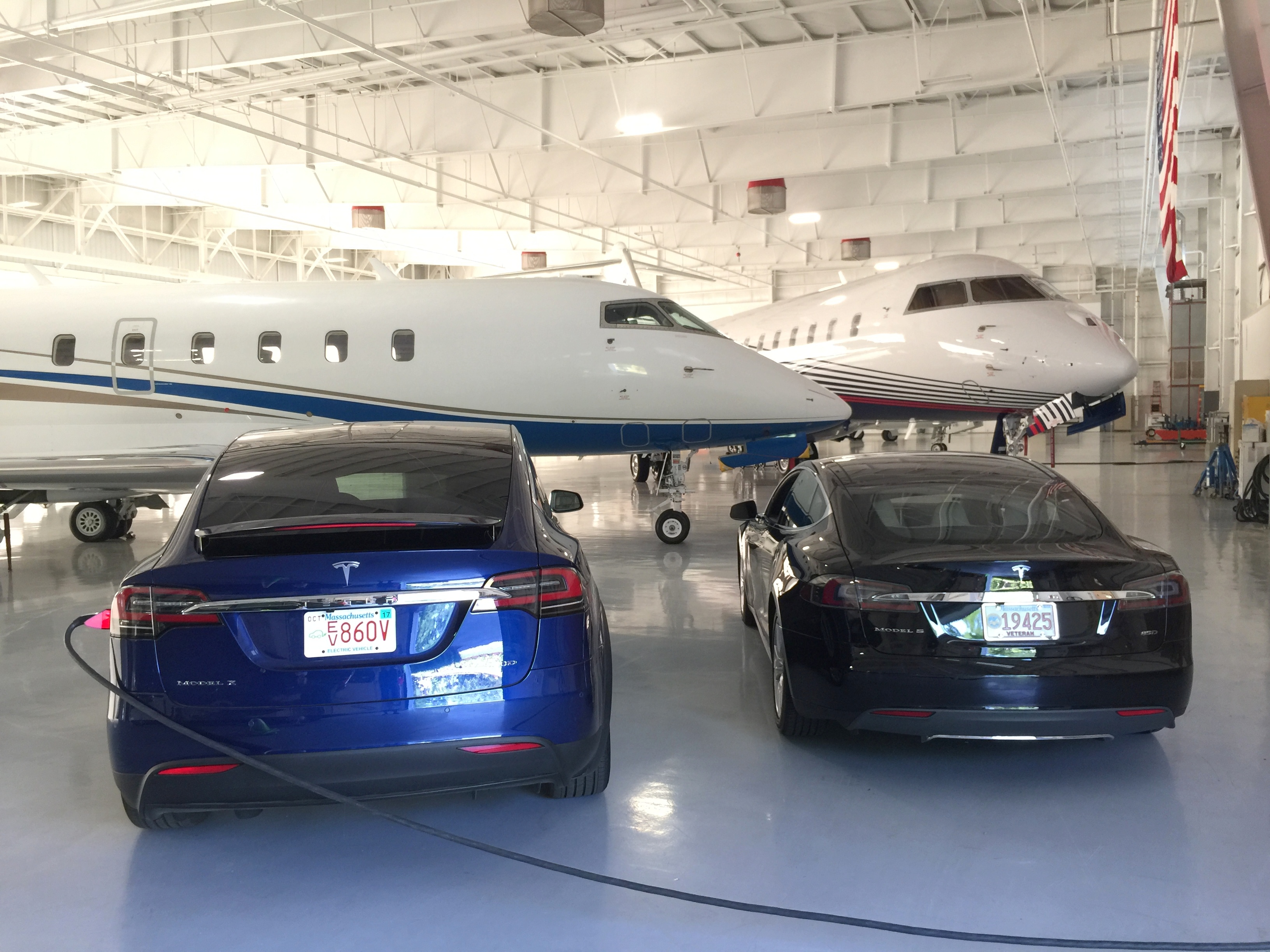

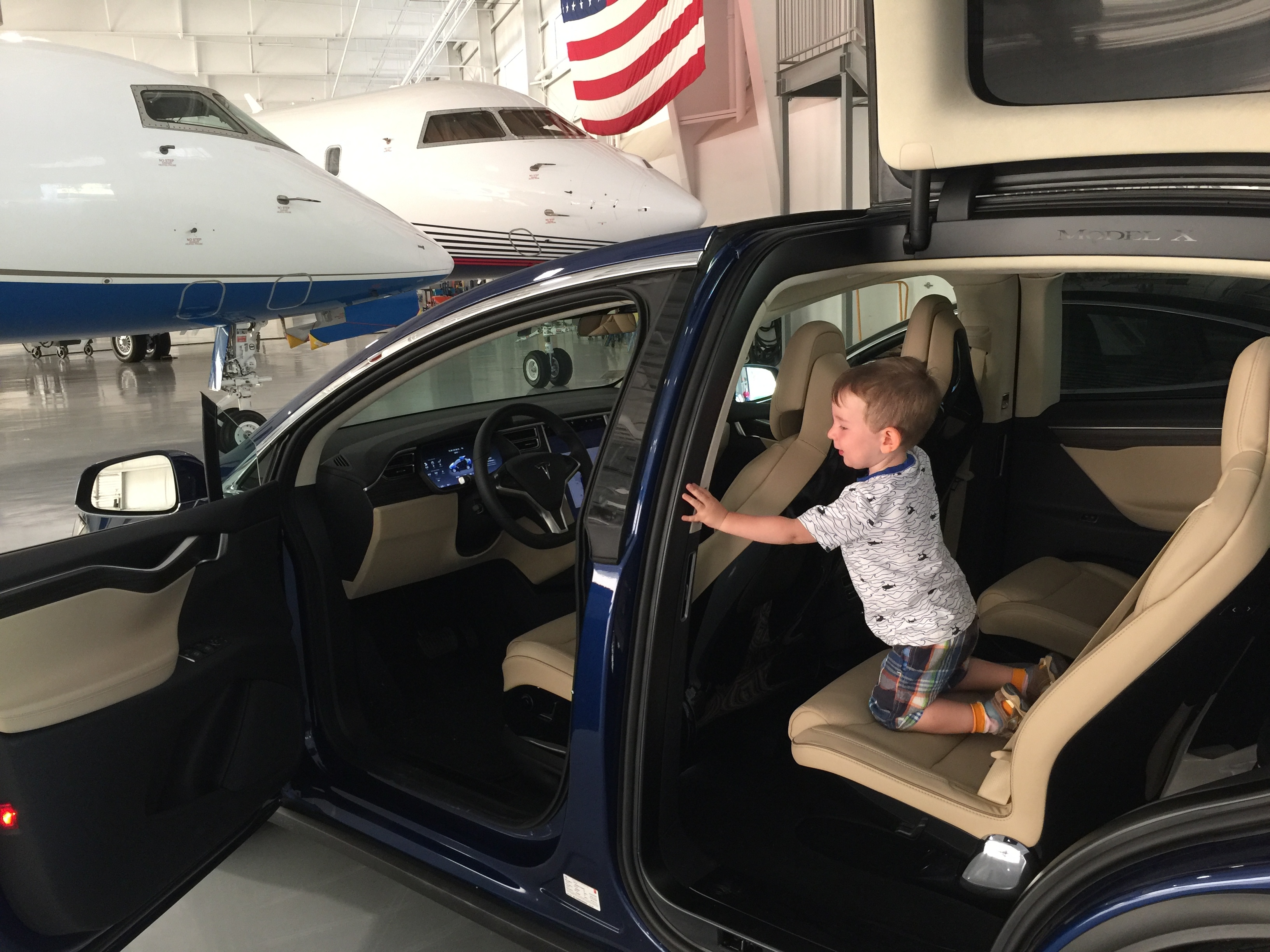
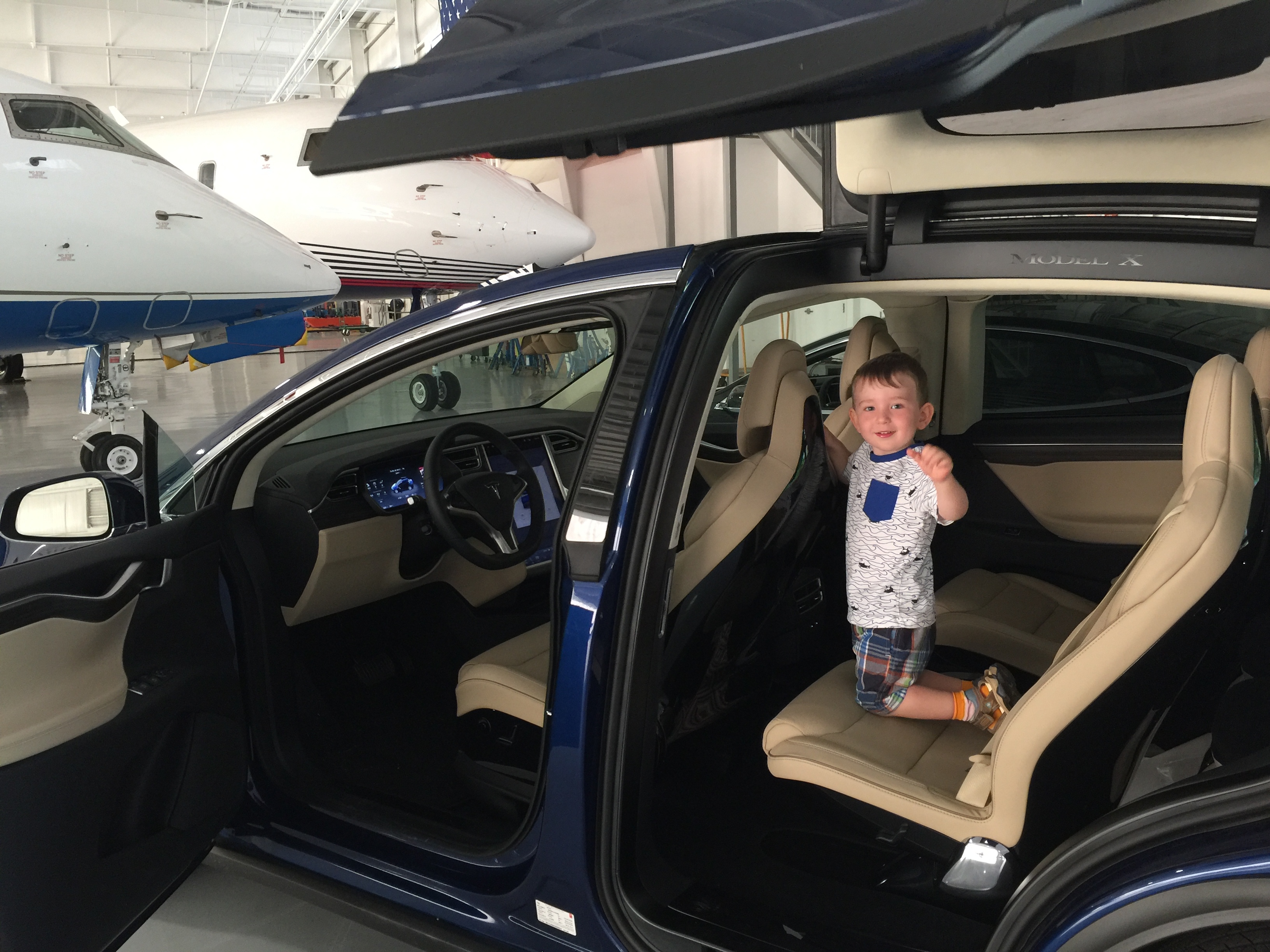
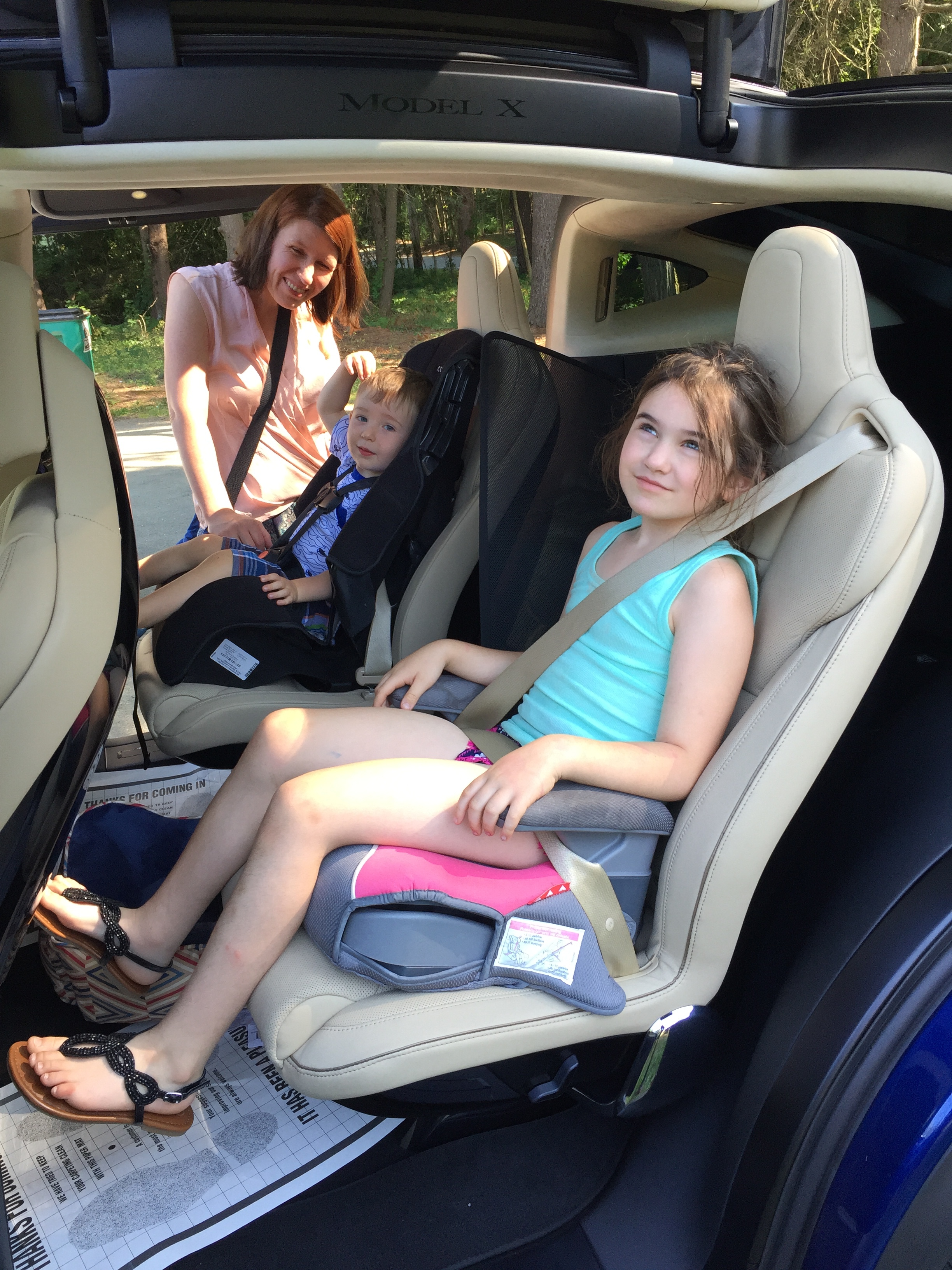
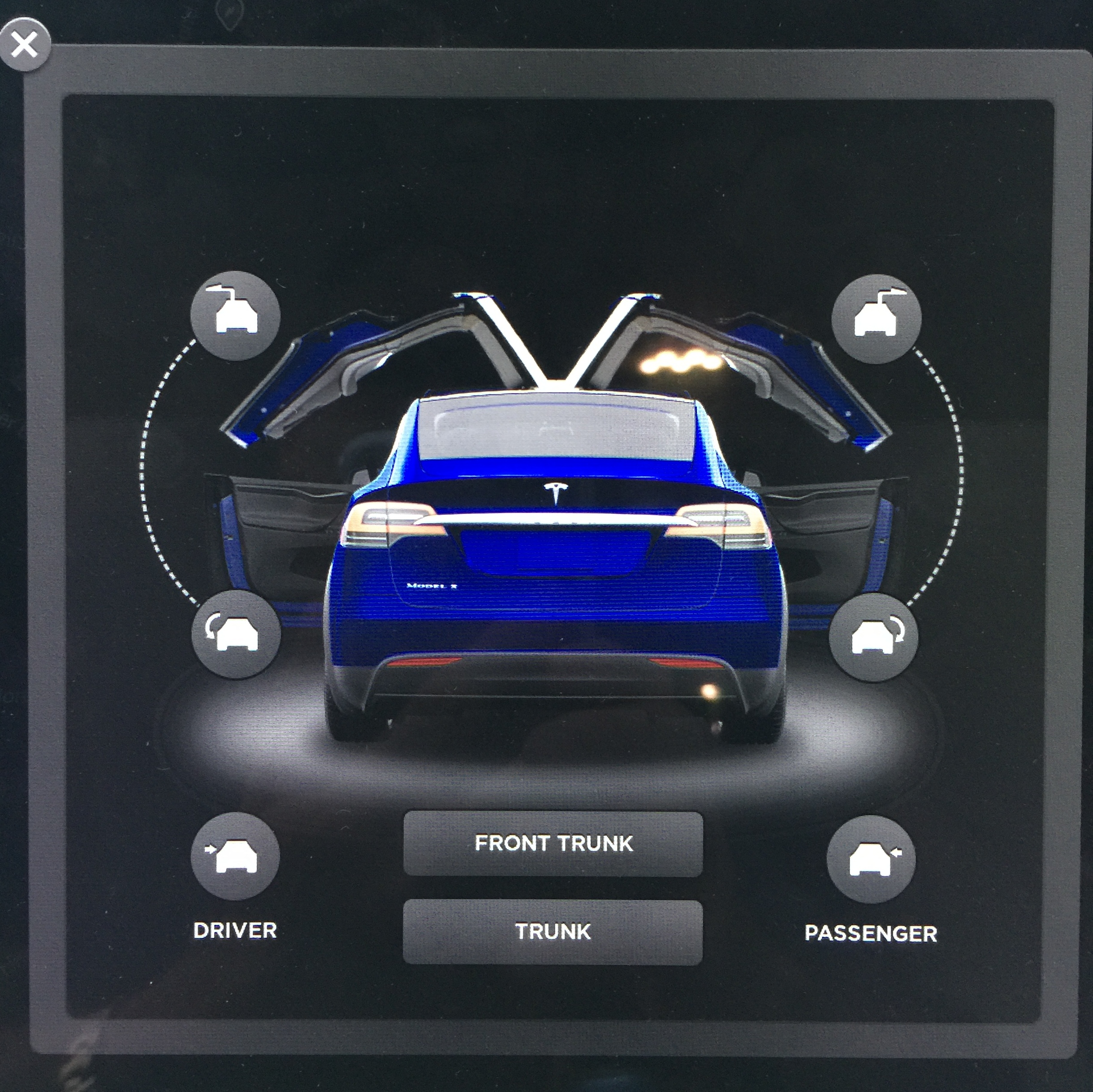
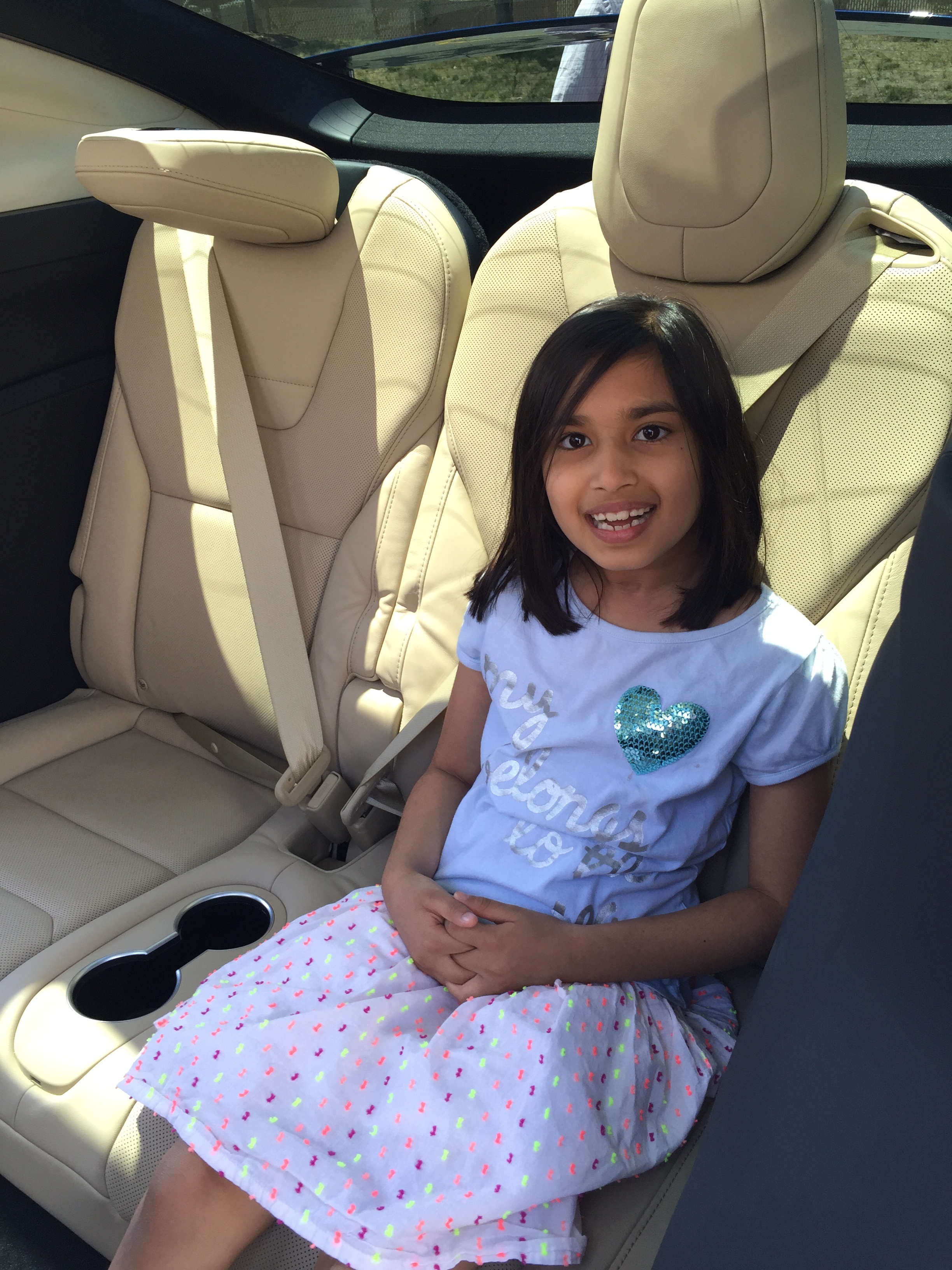
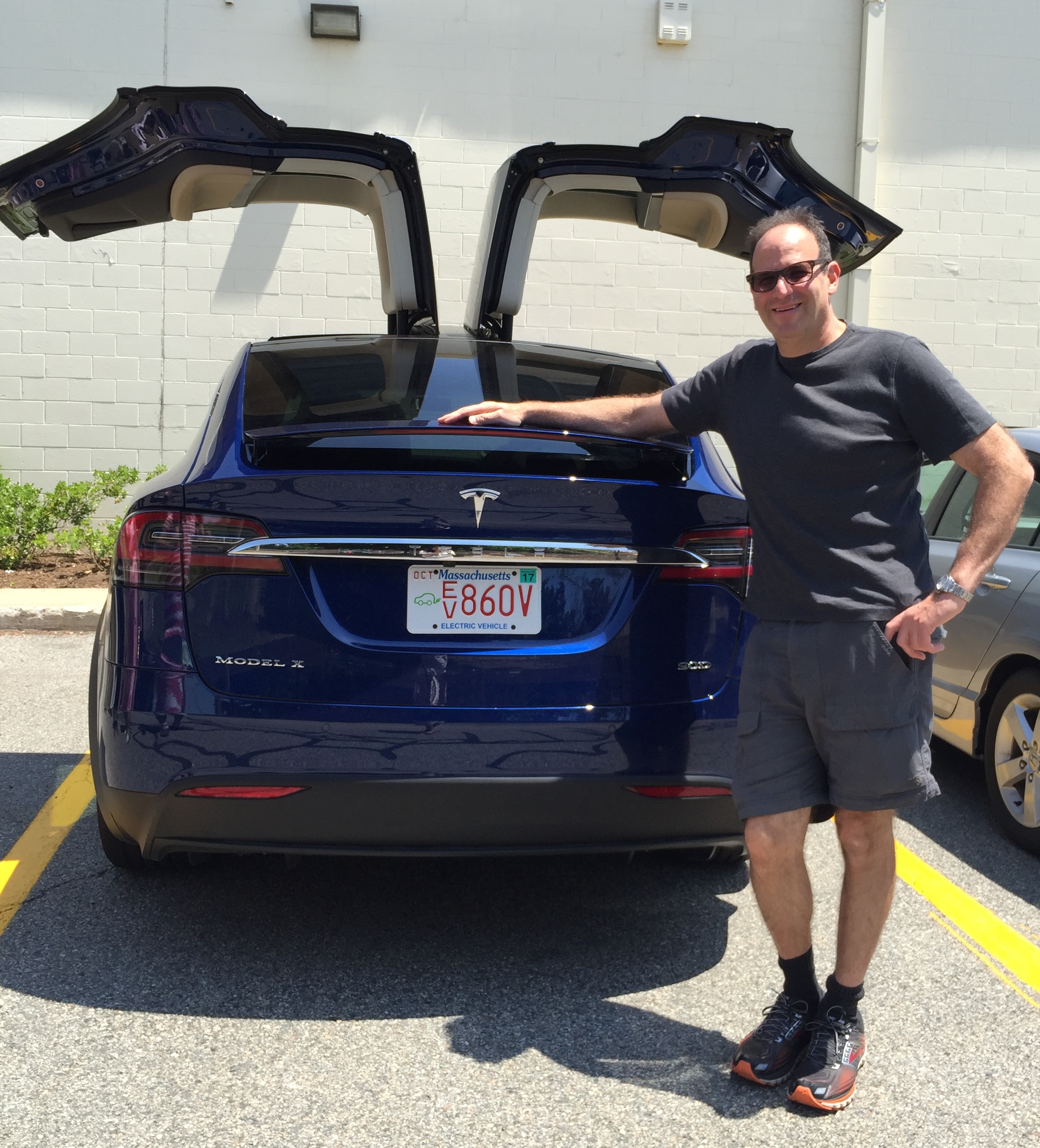
The falcon doors are the over-engineered result of Tesla’s refusal to admit that this car is basically a minivan and that it should have sliding rear doors. They apparently consumed valuable engineering resources that probably should have better been spent on getting the Model 3 out sooner.
I believe there is supposed to be a fancy air-suspension upgrade available. Did this one have it? (If so, that’s a bit disappointing) About the range thing: I think the idea with electric is that you plug it in each night, so whatever charge level you set it at (apparently you get better life if you do not fully top-off the battery each time you charge it) is available at the beginning of every day. Unlike a regular car where you actually go out of your way to fill it up.
The invoice says “smart air suspension.” The “smart” part seems to relate to height adjustments.
Are you concerned about the “full takeover” of the car steering and acceleration and braking by “beta” level software? I am sure that this software has major security bugs and operational bugs and all kinds of other defects at this point of maturity. How much should we trust these systems? I know I will not buy any new car at this time with auto steering for these reasons. And I am not sure about buying any new car with the new auto braking and accident avoidance stuff due to these issues. I see these latest features sort of like the Honda airbags or the Jeep shifter or the Lexus dead battery and so forth. Just immature technology being sold for profit and forget the other issues. Comments or separate Blog?
Bill
Thanks for the link to the owners manual. It’s full of all sorts of reality checks. E.g. …the hood is not heavy enough to latch under its own weight and applying pressure on the front edge or center of the hood can cause damage.
Translation: anybody who owned normal cars will damage their Tesla’s hood the first time they close it without reading the manual first.
Whose hangar is that? No $80k beaters there.
The mobile app boom has filled San Francisco with those. Boston must be in a depression if $120,000 is still worth more than $30,000 was 6 months ago.
My favorite schadenfreude dream is a mid-winter jaunt along a lonely stretch of road and seeing a dead Tesla on the shoulder waiting for a flatbed tow truck. A simple call to AAA and five gallons of gas won’t fix it. Must be towed to recharge. Battery performance in cold weather sucks.
Plug-in electric cars are not a practical commuter or family hauler for most peeps in New England. And not likely to be in the next 30 years. Reasons: 1) range limited, 2) grid can’t supply needed power. Grid would need serious upgrade and new generation if assume recharging 50% of all commuters overnight. (Summer load is peak in New England.) I put on ~20K miles per year. Get 400-500 miles range per 18 gal tank (Subaru Outback). Retired.
Real world range is, at least in the summer, almost always higher for higway driving on my Model S than indicated. Basically, if you keep the car at or around 75 on the highways you will get more than 250 a charge in the summer. (And I always hammer around in Ludicris mode, which is less effecient than the regular performance model as you’d expect.)
In the winter, yeah, it takes about 45 minutes of driving for the battery to warm up normally to get that range. And under 10F you really start noticing the cold on the batteries. Below -10 it’s really rough, and the phantom overnight drain left outside in the wind if you aren’t plugged in is shocking.
But based upon my experience, in normal New England winter times you are about 50 miles too short in estimated range for a regular, don’t want to change my driving habits driver.
Hills — On reasonably flat terrain power requirement is minimal, rolling friction and aerodynamic drag. Hills are a different story. As you climb a hill the battery is doing real work, in addition to rolling resistance, as it lifts the mass of the car up the hill. West of I-495 (Boston bypass) to New York line you’re either going up a hill or down. Regenerative braking helps recover some of the energy on the downhill side. Electric cars have a bright future in Florida. Warm and flat. And traffic is so bad you can’t go fast enough to cause much drag.
fyi.. Electric cars are powered by natural gas, coal, and nuclear power. Depends where you live. Neither wind nor solar work well at night, recharge time.
Interesting review. I am not sure how many others are cross-shopping a Chrysler minivan with the Tesla Model X. Too funny.
Visiting a showroom, I found the headroom in the 2nd row of seats to be very questionable for someone who is 6′ tall.
The fact that they had locked the falcon-wing doors in the showroom in the “up” position doesn’t inspire confidence in the mechanism. I get the feeling that the design team let “coolness” get in the way of practicality.
The windshield looks absolutely amazing in the showroom. Like a fighter cockpit canopy.
And the performance is hard to believe good, for an SUV.
This just in (via Guardian):
Tesla driver dies in first fatal crash while using autopilot mode
The autopilot sensors on the Model S failed to distinguish a white tractor-trailer crossing the highway against a bright sky
http://gu.com/p/4nbhm